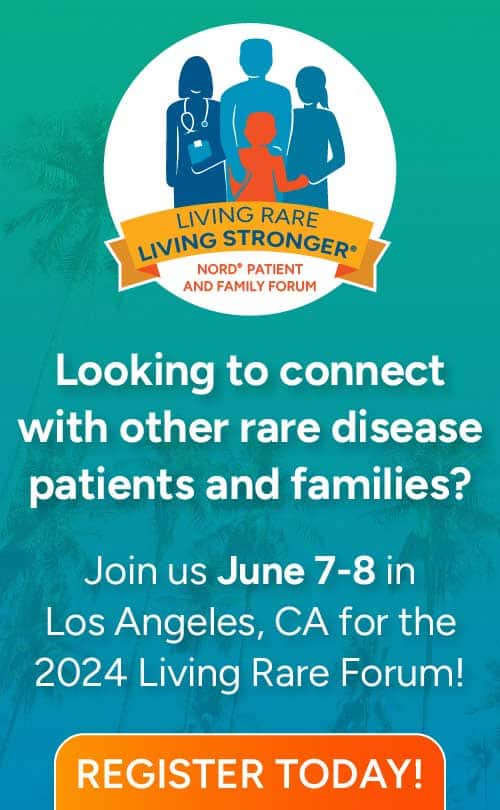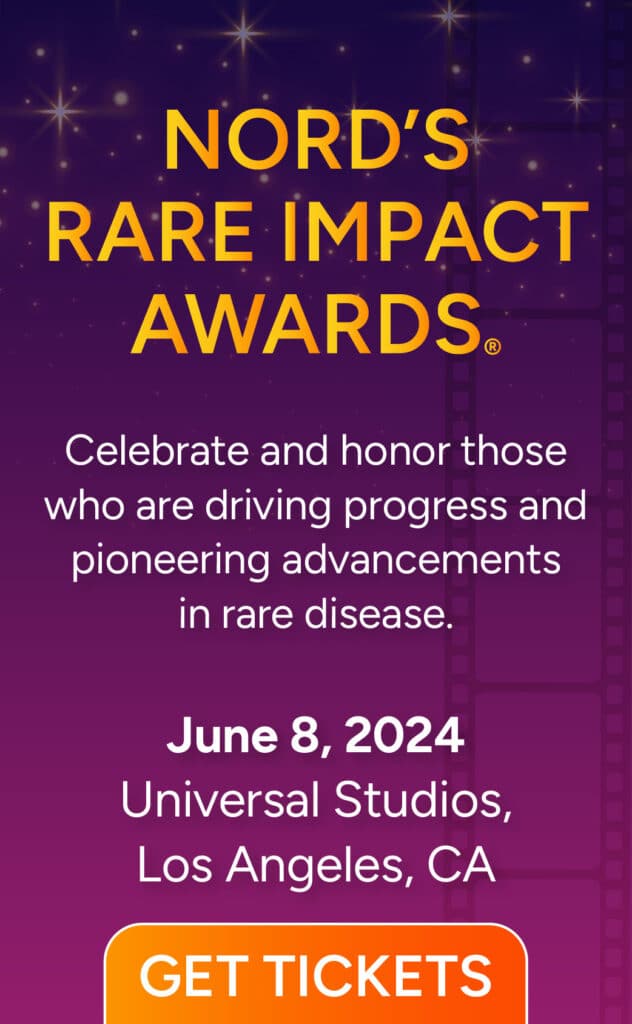By Peter L. Saltonstall
One of the most successful pieces of legislation ever passed by the Congress is the Orphan Drug Act of 1983 (ODA). It was intended to stimulate the research and development of new therapies for rare diseases, which were generally neglected by the research community and the drug industry. Since 1983, more than 500 new drugs to treat rare diseases have been approved by the Food and Drug Administration (FDA). Many new drugs are now in development, and the outlook for people with rare diseases has never been brighter.
There has been recent criticism of the ODA, which provides incentives for companies that develop drugs for diseases that affect fewer than 200,000 individuals. For example, a report issued by America’s Health Insurance Plans (AHIP) discussed what it described as an unintended consequence of the law – some drugs developed for rare diseases have been shown as safe and effective for more common medical conditions, and the companies that developed and now market these drugs have increased their price at a more accelerated pace than their counterparts.
“Many orphan drugs on the market today are used to treat common, non-orphan conditions, and that’s making them more expensive for patients and the health care system,” AHIP said in its press release announcing its report.
While we welcome any and all proposals to improve the ODA to better meet the needs of the rare disease community, we view AHIP’s report as unsound and misleading.
AHIP’s report is methodologically flawed. It cherry picks a small number of orphan drugs as examples, entirely excluding medications used by very small numbers of patients (less than 25). The report only looked at the 46 drugs that were most likely to treat common conditions but also have an orphan indication. To make such sampling choices in order to achieve statistical significance in support of an argument is deceiving.
The report also included blockbuster drugs that were originally intended to treat common conditions, but added an orphan indication later on. For example, Humira has multiple uses for patients whose diseases are not rare, and its price is largely based on its uses for these more common diseases.
The AHIP report defines any use outside a drug’s original orphan indication as a “non-orphan” use. This is often untrue, as many orphan therapies used off-label are used by other patients with rare diseases that have no other options. There are many rare diseases – an estimated 7,000 – and 95% don’t have their own FDA approved indication.
AHIP also uses Average Wholesale Price (AWP) as the price incurred by patients instead of the much more accurate Average Sales Price (ASP) that factors in rebate programs, negotiated prices, and more.
These are just a handful of the many concerns we have with this report.
NORD (the National Organization for Rare Disorders) represents the 30 million Americans with a rare disease. We are disappointed by inaccurate and skewed criticisms of the highly-successful Orphan Drug Act, which has led to longer lives and better quality of life for millions of people.
We need more laws like the Orphan Drug Act that will improve the health and quality of life of patients. The AHIP report is misguided; it uses an uncogent and skewed analysis of a subset of orphan therapies to argue there are larger, fundamental problems with a successful law.
Any discussion about orphan drug development should focus on patients. One in 10 Americans has or will develop a rare disease. As more therapies become available, each person’s risk of being diagnosed with an untreatable disease decreases. Investment in rare disease drug development also often brings value to understanding and care for more common diseases. And while the cost of successfully treating a rare disease can be high, those costs can be recovered in other health and societal savings.
We would all like for drug prices to be lower. But the cost of a drug by the time it reaches the patient is much more complicated than usually acknowledged. It takes an average of 12.5 years and $1.5 billion (in 2014 dollars) to bring a new drug from preclinical stage through FDA approval. Each drug development project is highly risky. The majority fail. The costs and risks increase with the special challenges of developing drugs for small, dispersed patient populations with rare diseases.
Once developed, each player in the healthcare system bears responsibility in ensuring access and affordability. For example, pharmaceutical companies must price their products responsibly, and provide assistance for those who may need extra help. Health insurers must cover these therapies without putting arduous hurdles in front of people who are sick. We should not support systems that force prescribed orphan drugs to navigate a maze of profit-driven companies before reaching the patient.
And there is so much we can do to improve this ecosystem. We can develop more patient-centric drugs through initiatives such as the Patient-Focused Drug Development initiative that encourages the involvement of patients throughout the drug development process. We can accelerate the pace of clinical trials by cutting down on duplicative IRB reviews and using innovative clinical trial designs. We can enact cost-sharing caps so patients don’t need to pay thousands of dollars out-of-pocket just to access a life-saving medication.
We should be focusing on public policies that ensure access and affordability. And we need to feel thankful that our medical researchers are developing products that can treat diseases previously regarded as untreatable. We need to keep the momentum created by the Orphan Drug Act going.
Peter L. Saltonstall is the President and CEO of the National Organization for Rare Disorders (NORD).
Sign up to receive policy-related news and alerts from NORD in your inbox.



